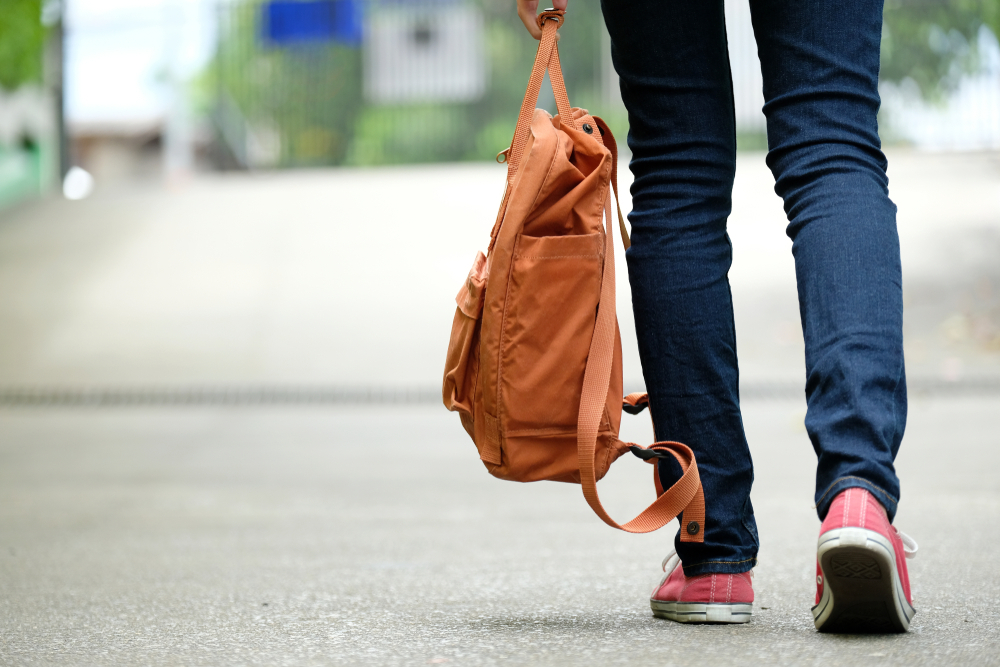T1D and running: Manage blood sugars to the finish line
Regular exercise is a crucial part of a person's well-being, especially if they're living with type 1 diabetes (T1D). But before lacing up those sneakers, it's important to prepare for management considerations related to T1D and running.
You'll need to know how to fuel up before, during, and after a run to maximize your performance and keep your blood sugar levels stable. If you have type 1 diabetes, use the tips below to optimize your running experience.
Keep an eye on your blood glucose levels
Most people with T1D need less insulin than usual when they run. If you have an insulin pump, talk with your healthcare team about setting a temporary basal rate for use during running so that your blood sugar is less likely to dip too low. If you don't have a pump, ask your doctor about the best way to manage your insulin schedule before running.
You'll definitely need to check your blood sugar before and after a run. If you like to run long distances, you'll also need to know what's happening with your blood sugar while you're on the trail. Since stopping for a fingerstick will definitely slow you down, you might consider wearing a continuous glucose monitor (CGM) if you're a long-distance runner. Some CGMs will alert you to low or high blood glucose levels without any action on your part so that you can concentrate on your sport without worrying about your blood sugar.
Fueling up before your run
You probably know that your muscles prefer glucose — a type of sugar that comes from carbs — as a source of energy. Your liver and muscles store glucose in the form of glycogen, and they can only hold so much. You'll want to maximize your stored glucose before a run by "carb loading."
Several days before your planned run (especially long ones), it's a good idea to eat a high-carbohydrate diet so that your muscles can store up all the glycogen they can hold. This is not the time for a low-carb diet — that will leave you running on empty when it's time for your big event!
Maximizing performance during a run
When you run, your muscles use stored glycogen for energy. If you use up your stored glycogen without taking in more glucose, you'll feel physically and mentally tired, and that's when you'll "hit the wall."
To avoid hitting the wall, you'll need to keep your body supplied with glucose during your run. Too little glucose, and you'll run out of steam. Too much food or fluid intake, and you'll have an uncomfortably full belly while you run. The guidelines below will help you avoid hitting the wall, no matter what length of run you plan to do:
- Short and middle-distance runs (under 75 minutes): Most people won't need to take in any extra carbs for shorter runs, but short- and middle-distance runners do need to take in fluids. Plain water is fine (keep reading to learn how to determine your fluid requirements).
- Long runs (75 minutes or longer, up to and including marathons): Extra carbs are needed 40 to 60 minutes after the start of a long run. Sports gels are the most portable form of carbohydrates for runners. They're compact and lightweight — you can slip them into a pocket and be ready to go. If you'd rather bring along energy bars or something that takes up more space, consider investing in a race vest or a running belt, so it's easier to store the items on your run. You'll need to take in fluids throughout your long run as well, beginning about 20 minutes after your run starts and continuing with small amounts of fluid at regular intervals.
How many carbohydrates are needed?
According to sports dietitian Nancy Clark, you'll need to consume 10 to 20 grams of carbohydrates every 20 minutes after the first hour of exercise. Here's how to estimate how much you'll need:
- Consider your size. A 100-pound runner is more likely to need 10 grams of carbs every 20 minutes, while a 250-pound runner will probably need closer to 20 grams of carbohydrates. The larger your body, the more carbohydrates you'll need.
- Consider your conditioning. If you're an amateur athlete, your body won't burn glucose as efficiently as an elite runner. Pound for pound, you'll need a little more carbohydrates than the elite runner would require.
How much fluid is needed?
Dehydration is dangerous under usual circumstances, and there's an added danger with T1D and running. When there's too little water in your blood, the concentration of sugar in your blood goes up, increasing your chances of hyperglycemia.
For short runs, plain water is perfect. For long runs, you can use sports drinks to get your fluids at the same time as some of your carbs. According to the U.S. Department of Agriculture, sports drinks average 7 grams of carbs per cup, so you'll probably need additional carbs on top of your sports drinks to fuel a long run. If you're a person of average size and conditioning who is gearing up for a long run, you'd need about 15 grams of carbs every 20 minutes after the first hour of your run. If you were consuming 4 ounces of sports drink every 20 minutes, that would get you to 3.5 grams of carbs every 20 minutes — but you'd still need another 11-12 grams. You could get those carbohydrates by taking in half of a sports gel or eating six gummy bears.
Sports gel seems like the easiest thing to take in while running, but some runners like to use sports gels and others prefer gummy bears, mini candy bars, or anything else that's made of mostly sugar. If your T1D makes you feel deprived of sweets, now's your chance to indulge!
Refueling after a run
When you train, weigh yourself without clothing before and after you run. Subtract the "after" weight from the "before" weight. The difference is the weight of the water (sweat) you lost during exercise.
Each pound of weight loss is equal to two cups of water lost in the form of sweat. If you ran for an hour and lost a pound, then you need to take in two cups of water every hour, or a half-cup of water every 15 minutes. Similarly, if you lost two pounds in an hour, you lost four cups of water, so you'd need to take in one cup of water every 15 minutes while you run to replace the lost fluid.
Over time, weighing yourself pre- and post-run while you train will give you a clear picture of your usual water loss while running, so you'll know how much water you need to drink to stay hydrated during an event.
You're also likely to feel hungry after a long run. Replenish your body by eating a mixed meal that includes moderate amounts of protein and heart-healthy fat (olive oil, fish, avocado, nuts, and seeds) as well as lots of carbs to help your muscles replace lost glycogen.
Going the distance with T1D
Taking care of T1D is a challenge, and so is running. Either way, you're up for it — diabetes isn't going to stop you, and neither is the next race. With a little extra care, you can enjoy every mile.
Looking for some tips around hitting the trails with type 1 diabetes? Visit the Edgepark Health Insights blog to read up on advice for exploring the great outdoors.




